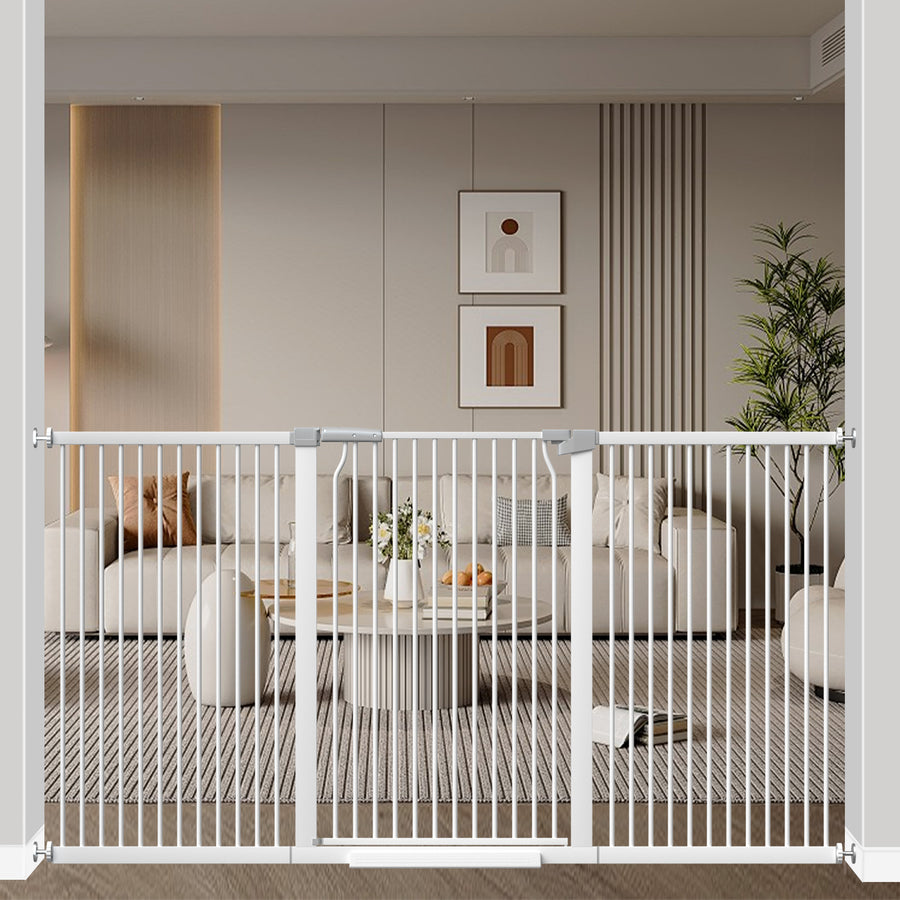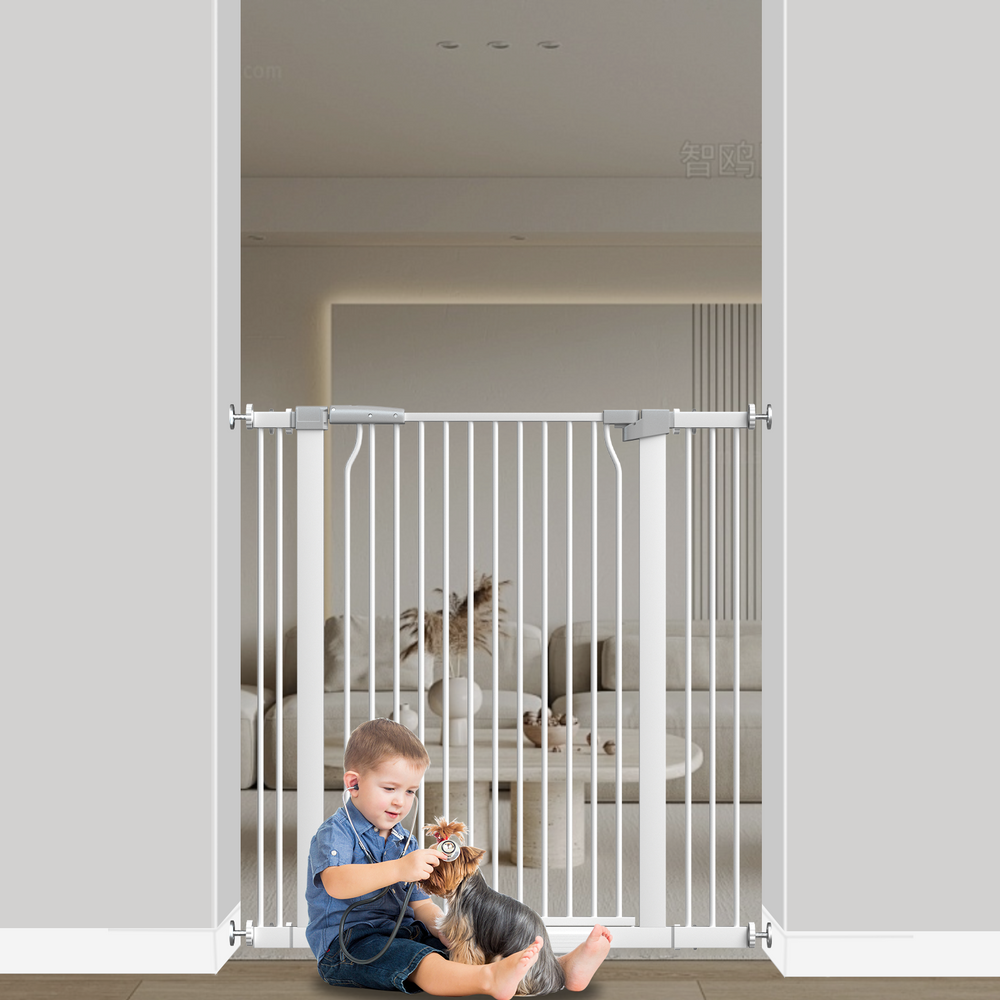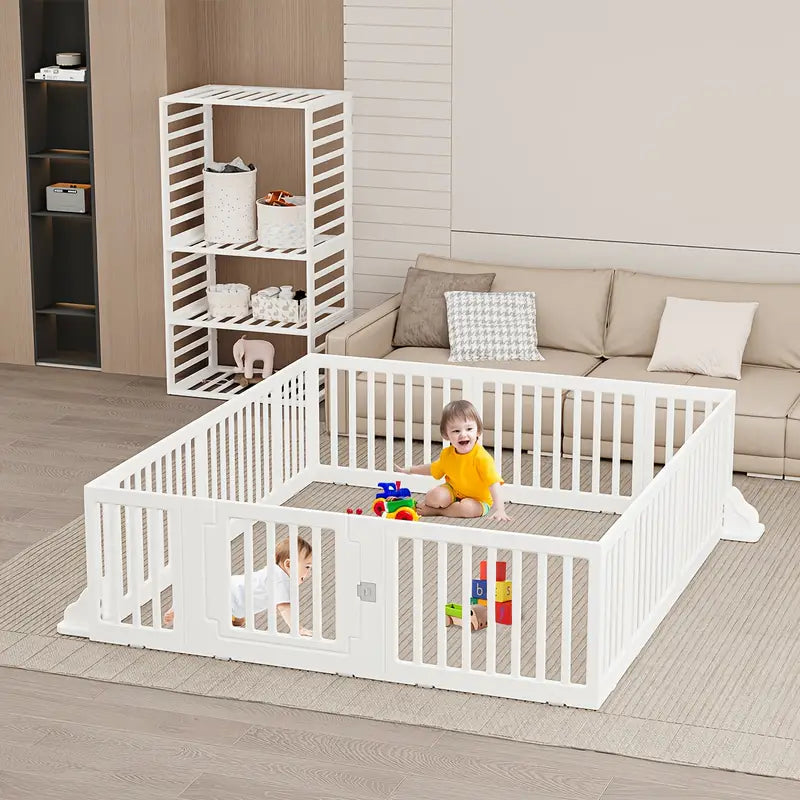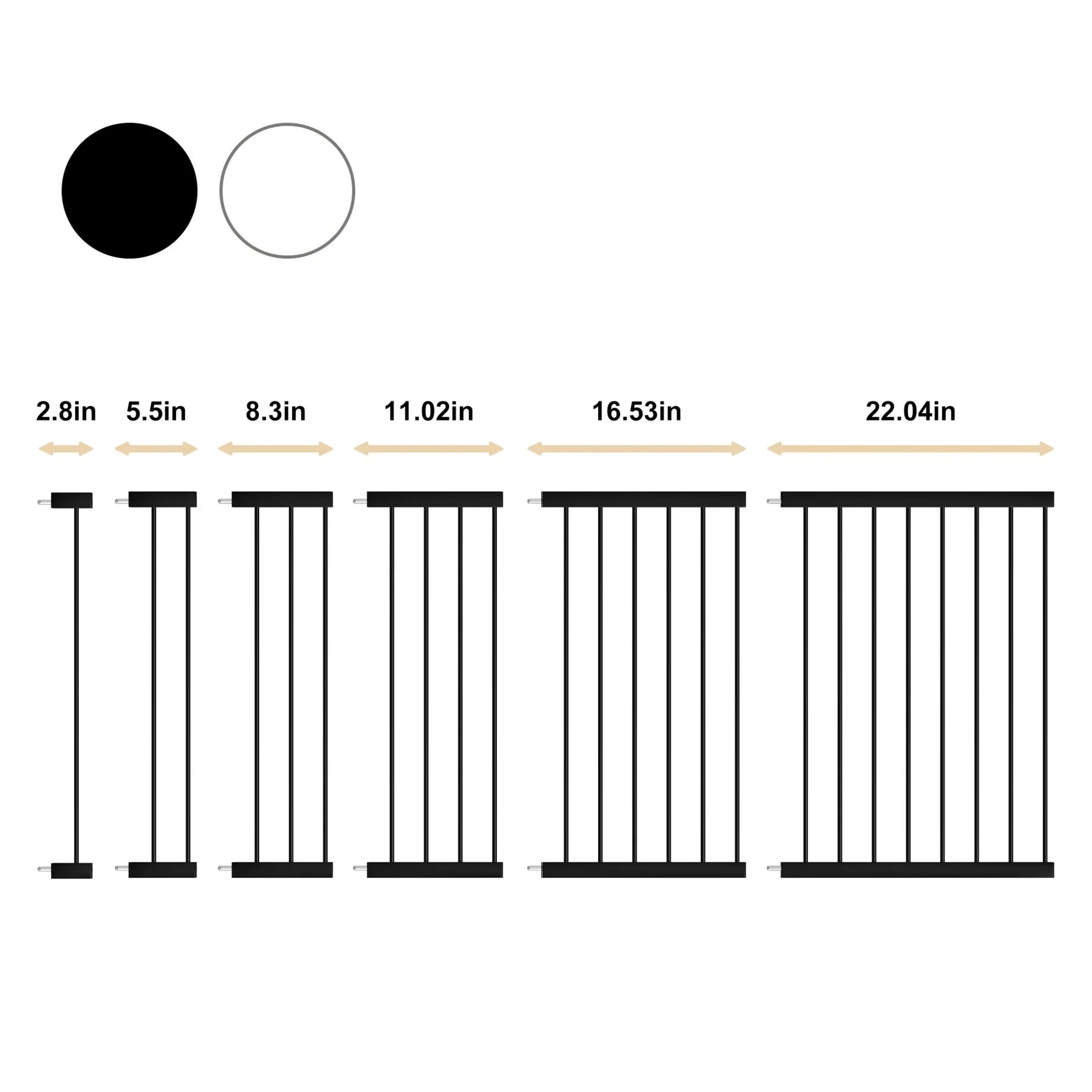Essential Safe Sleeping Guidelines for Infants: Ensuring Your Baby's Safety at Night
Understanding Safe Sleeping Guidelines for Infants
Importance of Safe Sleep
Safe sleep practices are super important for babies. They significantly lower the risk of Sudden Infant Death Syndrome (SIDS) and other sleep-related deaths. It's not just about following rules; it's about creating a secure environment where your baby can rest without unnecessary risks. Understanding why these guidelines exist helps parents and caregivers make informed decisions, promoting the well-being of their little ones. It's a big deal, and staying informed can really make a difference.
Common Myths About SIDS
There are a lot of misconceptions floating around about SIDS, and it's important to clear them up. One common myth is that SIDS is preventable. While we can reduce the risk, it's not entirely preventable. Another myth is that babies sleep better on their stomachs. This is false; the back-sleeping position is the safest. Also, some people think SIDS is genetic, but that's not really the case. It's more about environmental factors. Knowing the truth helps you make better choices for your baby's sleep. It's all about safe sleep practices.
Recognizing Risk Factors
Several factors can increase the risk of SIDS. These include:
- Sleeping Position: Babies placed on their stomachs or sides are at higher risk.
- Soft Bedding: Using loose blankets, pillows, and stuffed animals in the crib.
- Overheating: Dressing the baby too warmly or keeping the room too hot.
- Exposure to Smoke: Both during pregnancy and after birth.
- Premature Birth or Low Birth Weight: These babies are more vulnerable.
Understanding these risk factors allows parents to take proactive steps to minimize dangers. It's not about being paranoid, but about being prepared and informed. Knowing what to look out for can really help you create a safer sleep environment for your baby. It's a continuous learning process, and every little bit of knowledge helps.
It's also important to consider things like infant sleep deaths and how to prevent them.
The ABCs of Safe Sleep Practices

Always Sleep Alone
When it comes to infant sleep safety, the first rule is simple: babies should always sleep alone. This means no co-sleeping with parents, siblings, or pets. A separate sleep surface significantly reduces the risk of accidental suffocation, strangulation, and other sleep-related dangers. It might feel comforting to have your little one close, but their safety is the top priority.
- Reduces the risk of suffocation.
- Minimizes the chance of overheating.
- Allows for better monitoring of the baby's breathing.
Think of it this way: your bed is designed for adults, not infants. Soft mattresses, pillows, and blankets pose hazards that a baby can't navigate. A safe, separate sleep space is non-negotiable.
Back to Sleep Position
Putting your baby to sleep on their back is one of the most effective ways to reduce the risk of Sudden Infant Death Syndrome (SIDS). This recommendation has been around for a while, and it's backed by solid research. It's not about being old-fashioned; it's about keeping your baby safe. Always ensure that you place your baby on their back to sleep, every time, for naps and bedtime.
- Reduces the risk of SIDS.
- Allows for easier breathing.
- Helps prevent overheating.
Crib Safety Essentials
Okay, so you've got the
Creating a Safe Sleep Environment
Creating a safe sleep environment is super important for your baby's well-being. It's not just about a comfy space; it's about minimizing risks and promoting healthy sleep habits from the start. Let's break down how to make your baby's sleep area as safe as possible.
Choosing the Right Sleep Surface
When it comes to your baby's sleep surface, firm is key. We're talking a firm mattress in a crib, bassinet, or portable play yard. Avoid soft mattresses or surfaces that could conform to your baby's shape. A flat, hard surface reduces the risk of suffocation and ensures proper support. Couches, armchairs, or swings aren't safe options for regular sleep, as they increase the risk of SUIDS.
Avoiding Soft Bedding
This is a big one: keep the crib bare! I know, it's tempting to add cute blankets, pillows, and stuffed animals, but these are serious hazards. Loose bedding can cover your baby's face and lead to suffocation. Bumper pads are also a no-go; they don't prevent injuries and can pose a suffocation risk. A fitted sheet is all you need. Think of it this way: less is more when it comes to crib safety. You can always use a wearable blanket to keep your baby warm.
Temperature Control for Infants
Keeping your baby at a comfortable temperature is also important. Overheating is a risk factor for SIDS, so avoid overdressing your baby or using too many blankets. A good rule of thumb is to dress your baby in one more layer than you would wear. The room temperature should be comfortable for an adult. Signs of overheating include sweating, damp hair, flushed skin, or rapid breathing. If you notice any of these signs, remove a layer of clothing or adjust the room temperature. A good temperature range is between 68-72°F (20-22°C). You can use a room thermometer to monitor the temperature.
Creating a safe sleep environment is a continuous effort. Regularly check the crib for any potential hazards, adjust clothing as needed, and stay informed about the latest safe sleep recommendations. It's all about creating a space where your baby can rest peacefully and safely.
Room Sharing vs. Bed Sharing
Benefits of Room Sharing
Okay, so let's talk about where your baby sleeps. Room sharing is when your baby sleeps in your room, but in their own safe sleep space, like a bassinet or crib. It's different from bed sharing, where the baby sleeps in the same bed as you. Room sharing is pretty cool because it lets you keep a close eye on your little one without the risks that come with bed sharing. You can easily check on them during the night, which can be a big relief for new parents. Plus, it makes those nighttime feedings a whole lot easier. You don't even have to get out of bed completely!
Risks of Bed Sharing
Bed sharing can be risky, and it's something to think about carefully. The biggest concern is the increased risk of SIDS (Sudden Infant Death Syndrome). Adult beds aren't designed for babies; they're often too soft and have loose bedding like pillows and blankets that can accidentally suffocate a baby. Also, there's a risk of accidentally rolling over on the baby while you're sleeping. It's extra important to avoid bed sharing if you've been drinking alcohol, taking medications that make you drowsy, or if you're just really tired. Babies who are very young, premature, or have a low birth weight are also at higher risk when bed sharing. It's just not worth the risk when there are safer alternatives.
Guidelines for Safe Co-Sleeping
So, what if you really want to be close to your baby at night? Well, there are ways to do it safely. The big thing is to make sure you have a separate, safe sleep surface for your baby, like a bassinet or crib, right next to your bed. This way, you can still be close without the risks of bed sharing. Keep the baby's sleep area free of any soft bedding, pillows, or toys. A firm mattress with a fitted sheet is all they need. Also, make sure the room temperature is comfortable – not too hot, not too cold. If you bring your baby into your bed for feeding or comforting, make sure to put them back in their own crib mattress before you fall asleep. It's all about creating a safe environment where everyone can get some rest.
Room sharing is recommended, ideally for the first six months, as it has been shown to reduce the risk of SIDS. It allows for easier monitoring and feeding while maintaining a safe sleep environment for the infant.
Breastfeeding and Safe Sleep
Benefits of Breastfeeding
Breastfeeding offers a ton of advantages, and it's not just about nutrition. It's actually linked to a lower risk of SIDS. The longer you breastfeed, the better the protection seems to be. It's pretty amazing how much good it does. Plus, it's super convenient – no bottles to wash at 3 AM!
Breastfeeding Positions
Finding the right breastfeeding position can make all the difference. Some moms swear by the cradle hold, while others prefer the football hold, especially after a C-section. The important thing is to be comfortable and make sure your baby can latch properly. A lactation consultant can be a lifesaver if you're struggling. Experiment and see what works best for both of you. Don't be afraid to use pillows for support – they're your friend!
Transitioning Back to Crib
Okay, this is the tricky part. You've nursed your baby to sleep, and now you have to move them to the crib without waking them up. The key is to do it slowly and gently. Make sure the crib is nearby, maybe even touching your bed, for the first few weeks. This safe sleep environment can help. Lower your baby into the crib feet first, then gently lay them down. If they start to stir, put a hand on their chest and shush them softly. Sometimes, it takes a few tries, but consistency is key. And remember, it's okay to ask for help from your partner or a family member. You don't have to do it all alone.
It's important to remember that while breastfeeding in bed can be comforting, always transition your baby back to their own safe sleep space, like a crib or bassinet, after feeding. Falling asleep with your baby in bed increases the risk of SIDS.
Monitoring Your Baby's Sleep
Signs of Safe Sleep
Okay, so you've set up the crib, followed all the guidelines, but how do you know your baby is sleeping safely? It's not an exact science, but there are definitely things to look for. First, observe your baby's position. Are they still on their back? That's the goal. Check their breathing – it should be regular, not labored or noisy. Also, make sure nothing is covering their face.
- Consistent breathing patterns
- Baby remains on their back
- Clear airway, nothing obstructing nose or mouth
Using Baby Monitors
Baby monitors can be a real sanity-saver, but it's important to have realistic expectations. They're great for keeping an ear out, but they aren't a substitute for physically checking on your baby. There are so many types now – audio, video, movement-sensing. Video monitors can give you peace of mind by letting you see your baby's position and environment without disturbing them. Movement-sensing monitors can alert you if your baby stops moving for a certain period, but remember these aren't medical devices. Don't rely on them to prevent SIDS. If you're considering one, read reviews and choose a reputable brand. A good monitor can be a helpful tool, but it's just one piece of the puzzle. Consider a video monitor for added peace of mind.
When to Seek Help
Sometimes, despite our best efforts, things don't seem right. Trust your gut. If your baby is having trouble breathing, is unusually lethargic, or has any changes in skin color (like turning blue), don't hesitate – call your pediatrician or emergency services immediately. It's always better to be safe than sorry. Also, if you're feeling overwhelmed or anxious about your baby's sleep, talk to your doctor. They can offer advice and support. Don't feel like you have to handle everything alone. Remember, seeking help is a sign of strength, not weakness. If you have concerns about safe sleep practices, consult a healthcare professional.
It's easy to get caught up in the details and worry constantly, but try to remember that you're doing your best. Every baby is different, and what works for one might not work for another. The most important thing is to stay informed, be vigilant, and trust your instincts. You've got this!
Educating Caregivers on Safe Sleep

Involving Family Members
It's super important that everyone who cares for your baby knows about safe sleep practices. This includes grandparents, aunts, uncles, babysitters, and anyone else who might put your baby down for a nap or bedtime. Consistency is key to keeping your baby safe. Make sure they understand the ABCs of safe sleep: Alone, Back, and Crib. Share reliable resources with them, like articles from the AAP or local health departments. Maybe even host a little "safe sleep training" session to go over the guidelines together. You can also show them videos about safe sleep practices to help them understand the importance of following the guidelines.
Community Resources
There are tons of community resources available to help families learn about and implement safe sleep practices. Hospitals often offer classes for new parents, and local health departments may have programs or home visiting services. Look into support groups for new parents, where you can share experiences and learn from others. Some organizations even provide free or low-cost cribs and bassinets to families in need. Don't be afraid to reach out and take advantage of these resources – they're there to help!
Accessing Support Services
Parenting can be tough, and it's okay to ask for help. If you're feeling overwhelmed or struggling to implement safe sleep practices, there are support services available. Talk to your pediatrician, who can provide guidance and connect you with resources. Consider reaching out to a local parenting support group or a mental health professional. Remember, taking care of yourself is just as important as taking care of your baby.
It takes a village to raise a child, and that's especially true when it comes to safe sleep. By educating caregivers, utilizing community resources, and accessing support services, you can create a safe sleep environment for your baby and give yourself peace of mind.
Final Thoughts on Safe Sleep for Your Baby
Keeping your baby safe while they sleep is super important. By following the simple guidelines we talked about, like always putting your baby on their back and using a firm sleep surface, you can help lower the risk of sleep-related issues. It might feel overwhelming at times, but remember, you’re not alone in this. Many parents have the same worries. Just take it one step at a time, and don’t hesitate to reach out to your pediatrician if you have any questions. Your baby’s safety is worth every effort.






Leave a comment